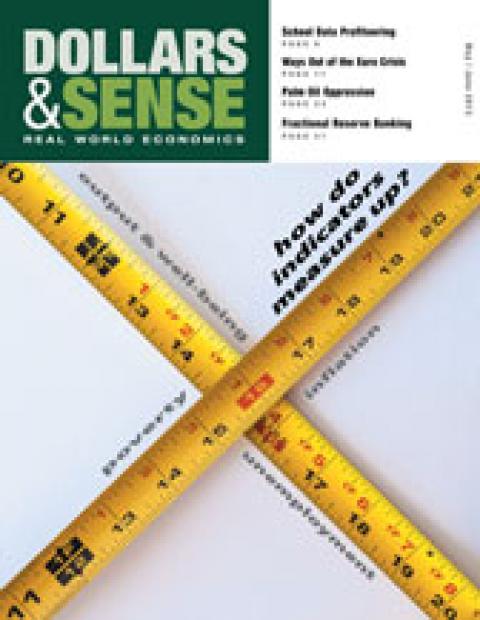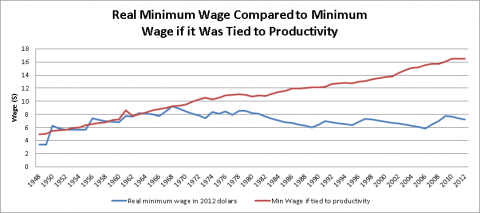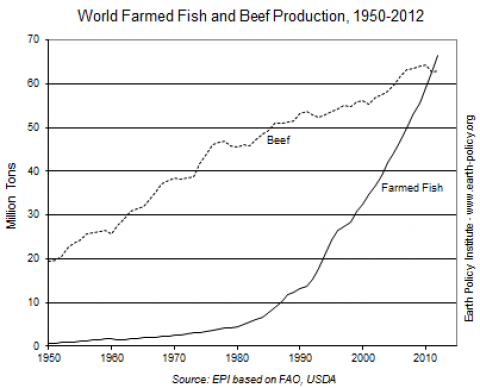Undercounting the Poor,The U.S.'s New, but Only Marginally Improved, Poverty Measure.
Dollars & Sense

The 2011 official poverty rate is 15.1%. The new poverty measure presented—and missed by a wide margin—the opportunity to bring into public view how widespread the problem of poverty is for American families. If what we mean by poverty is the inability to meet one’s basic needs a more reasonable poverty line would tell us that 34% of Americans—more than one in three—are poor.





Spread the word